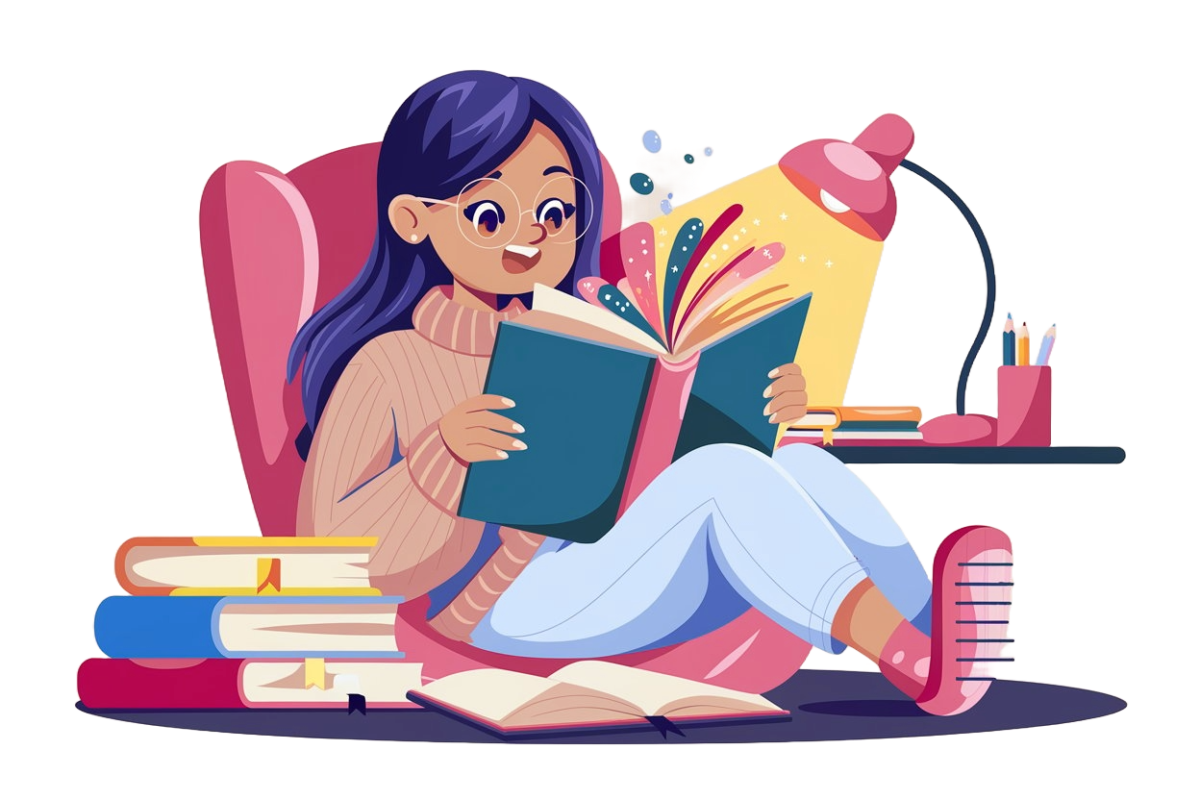Have you ever noticed how some students light up when watching videos, others thrive in group discussions, and some excel when they get hands-on with a task? That’s because we all learn in different ways! These preferences—visual, auditory, and kinesthetic learning styles—are key to unlocking learning styles student success.
By understanding and catering to these learning styles, teachers can create classrooms that are fun, inclusive, and impactful. Let’s dive into what learning styles student success really means, why they matter, and how to make the most of them in your teaching strategies.

What Are Learning Styles For Student Success?
Visual Learners and Learning Styles For Student Success
Visual learners process and retain information best when they can see it.
- They love charts, videos, diagrams, and colorful notes.
- Signs of a Visual Learner:
- They prefer reading instructions.
- They often doodle and use highlighters to emphasize key ideas.
Quick Tip for Teachers: Use slides, mind maps, and colorful visuals to help visual learners connect with lessons.
Auditory Learners for Learning Styles Student Success
Auditory learners excel when they hear information.
- They thrive in discussions, storytelling, and lectures.
- Signs of an Auditory Learner:
- They enjoy group discussions and repeating instructions aloud.
- They prefer verbal feedback over written comments.
Quick Tip for Teachers: Use storytelling, group reading, and classroom discussions to engage auditory learners.
Kinesthetic Learners
Kinesthetic learners understand concepts by doing and experiencing.
- They excel in hands-on activities, role-play, and experiments.
- Signs of a Kinesthetic Learner:
- They enjoy building, moving, and learning through action.
- They often fidget or doodle to focus.
Quick Tip for Teachers: Plan experiments, crafts, and interactive games to keep kinesthetic learners engaged.

Why Do Learning Styles Matter?
Understanding learning styles allows teachers to:
- 🎯 Improve Engagement: Students connect better when lessons align with their strengths.
- 🧠 Boost Retention: Information is understood and remembered more easily.
- 🌟 Create Inclusivity: Teaching methods that cater to all learners make classrooms more welcoming and effective.
Did You Know? Research shows that tailoring lessons to student preferences can improve learning outcomes by up to 60%!
Tips for Teachers to Support All Learning Styles
- Mix It Up: Use a variety of teaching tools—videos, storytelling, and hands-on projects—to cater to all styles.
- Use Visual Aids: Incorporate charts, diagrams, and visuals into lessons.
- Make It Interactive: Use group discussions, quizzes, and classroom games.
- Observe and Adapt: Pay attention to how students respond to your teaching methods.
- Offer Flexibility: Allow students to express what they learned through creative outlets like drawings, presentations, or role-play.
Key Takeaways
- Visual learners = see it. Auditory learners = hear it. Kinesthetic learners = do it.
- Recognizing and accommodating learning styles improves engagement, understanding, and inclusivity.
- Teachers can create classrooms that cater to all learners through diverse and creative teaching strategies.
Conclusion
Every student is unique, and understanding their learning style is like finding the key to unlocking their potential. By creating lessons that embrace visual, auditory, and kinesthetic learning, teachers can make education more engaging, inclusive, and impactful, ultimately leading to learning styles for student success.
Ready to transform your teaching? Start incorporating these strategies into your classroom and watch your students thrive with learning styles for student success as your guide!
Want more tips like this? Subscribe to our newsletter and never miss an update.
Want to dive deeper into practical teaching strategies? Check out our post: 5 Teaching Tips to Boost Classroom Focus and Learning for more actionable tips to transform your classroom!
External Research References:
- “The Relationship between Learning Styles and Academic Performance”
Published in: Sustainability, 2021
Summary: This study explores how different learning styles affect students’ academic achievements and suggests that tailoring educational approaches to individual learning preferences can enhance performance.
Link: clickme
Cite: MDPI - “The Effect of Learning Styles on Academic Achievement in Different Learning Environments”
Published in: International Journal of Instruction, 2018
Summary: This research examines how students’ learning styles influence their success across various educational settings, emphasizing the need for adaptive teaching methods.
Link: clickme
Cite: ERIC - “The Effect of Students’ Learning Styles on Their Academic Success”
Published in: Educational Research and Reviews, 2015
Summary: This paper investigates the correlation between students’ preferred learning styles and their academic outcomes, providing insights for educators to optimize teaching strategies.
Link: clickme
Cite: ResearchGate


nbv